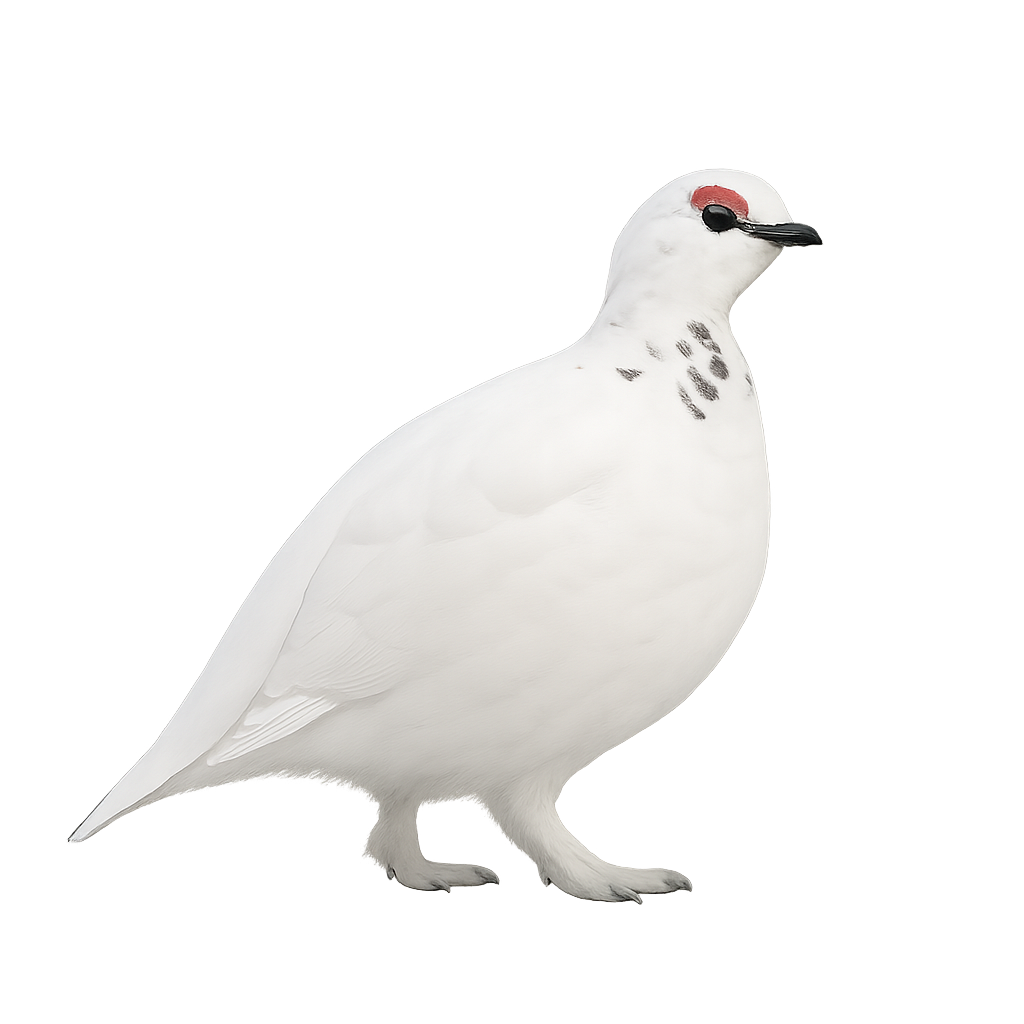Your wildlife photography guide.
Explore the rock ptarmigan in detail, study its behavior, prepare your shots.
Where to observe and photograph the rock ptarmigan in the wild
Learn where and when to spot the rock ptarmigan in the wild, how to identify the species based on distinctive features, and what natural environments it inhabits. The WildlifePhotographer app offers tailored photography tips that reflect the rock ptarmigan’s behavior, helping you capture better wildlife images. Explore the full species profile for key information including description, habitat, active periods, and approach techniques.
Rock Ptarmigan
Scientific name: Lagopus muta

IUCN Status: Least Concern
Family: PHASIANIDAE
Group: Birds
Sensitivity to human approach: Suspicious
Minimum approach distance: 30 m
Courtship display: April to June
Incubation: 21-24 jours
Hatchings: May to June
Habitat:
Mountains and rocky areas
Activity period :
Primarily active during the day, with peak activity in the morning and late afternoon.
Identification and description:
The Rock Ptarmigan is a mountain bird adapted to the harsh conditions of high peaks. It measures about 35 to 40 cm in length and weighs between 350 and 650 g. In winter, its plumage is entirely white, allowing it to blend into the snow, while in summer, it has a brown-red plumage with dark spots to better blend into the rocks and grasses of the mountains. The Rock Ptarmigan primarily inhabits mountainous regions of Europe, Asia, and North America at high altitudes, where it feeds on plants, seeds, berries, and young shoots. Due to its thick plumage and feather-covered legs, it is well adapted to cold conditions but is also vulnerable to climate change, particularly to the loss of its mountainous habitat. The species is protected in some areas but remains sensitive to human disturbances, such as mountain tourism and temperature changes.
Recommended lens:
300 mm – adjust based on distance, desired framing (portrait or habitat), and approach conditions.
Photography tips:
Use a telephoto lens to photograph from a distance, respecting the discreet nature of the species.
Photograph early in the morning or late in the afternoon, when the soft light highlights the plumage of the alpine ptarmigan.
Look for it in mountain habitats such as rocky areas, snowy slopes, and alpine tundras, between 1,500 and 3,500 meters above sea level. It is often observed in regions like the Alps, the Pyrenees, and the Scottish Highlands.
Be patient and discreet to avoid disturbing its natural behavior. Avoid abrupt movements and remain silent.
The Alpine ptarmigan is sensitive to climate change, which reduces its available mountain habitat. It is essential to respect its environment and minimize disturbances, especially during the breeding season.
The WildlifePhotographer App is coming soon!
Be the first to explore the best nature spots, track rutting seasons, log your observations, and observe more wildlife.
Already 1 450 wildlife lovers subscribed worldwide

